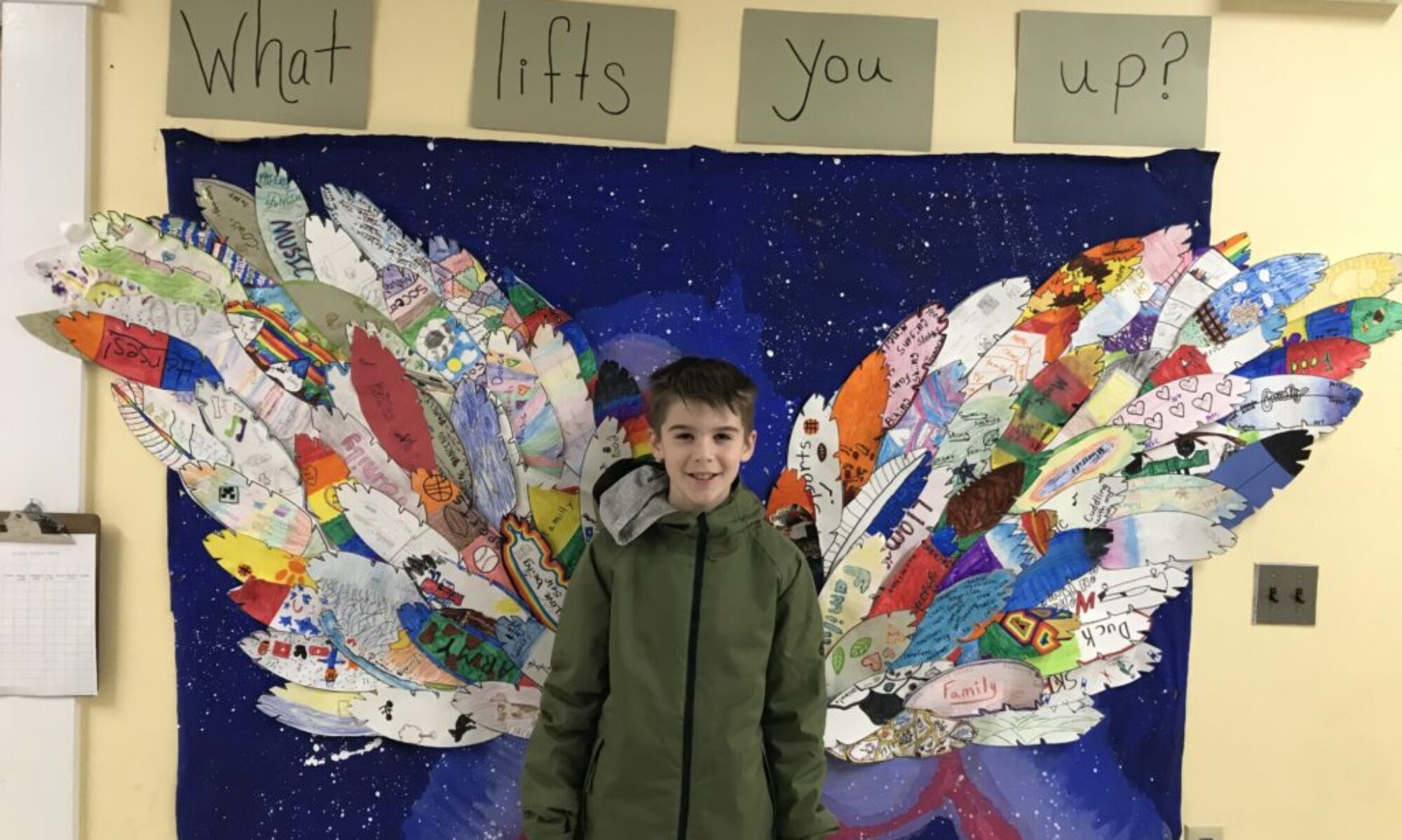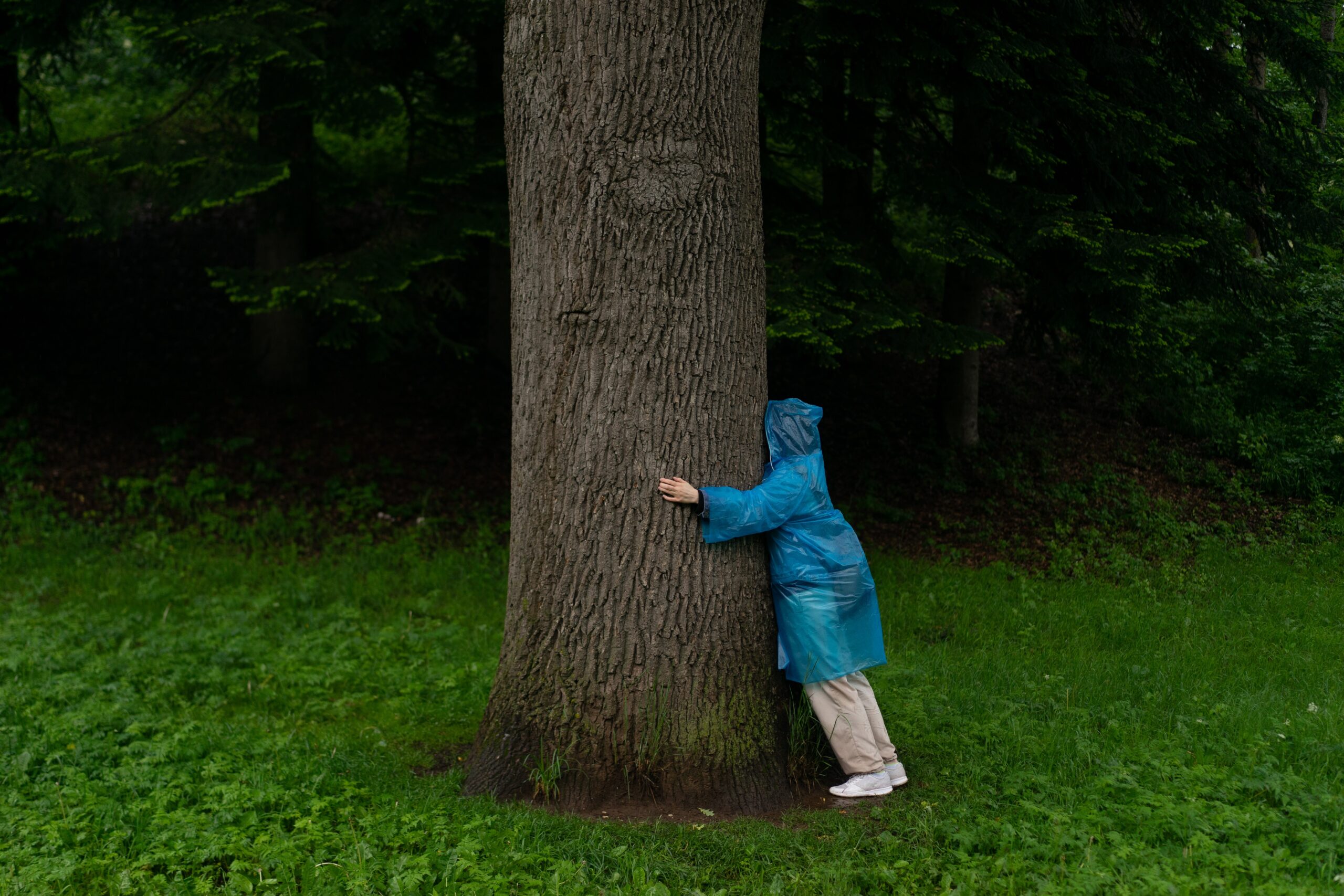The school year is almost over and this one may well be remembered as your toughest yet. If hardship makes us stronger, we’ve got that covered. And, we have learned lots about how to be, live, and teach in this challenging time. My first two posts nudge us to consider slowing down and rethinking what we teach. Here I want to remind us to stay “real”.
Lesson Three: Authenticity
One of the most refreshing aspects of the pandemic was that it helped to strip us of some pretense. We were all equally vulnerable. When virtual, we saw some of our children’s homes, their pets popped in, and there was something endearing about getting closer to our real selves. We were all afraid together, all trying to be safe, all feeling loss and grief. This is the kind of humanity we don’t want to lose.
This first flush of pandemic authenticity was short-lived and it has already faded. Being real in school is tough. Even during the peak pandemic lockdown, there were very few structured opportunities for teachers and students to talk about the pandemic. We discussed COVID facts and protocols but left the authentic at home: hopes, fears and feelings. With the zillion questions we all had about COVID and the pandemic, I don’t know a single school that engaged students or staff in an active exploration of the very thing that was consuming all our lives.
Of course, this was partly due to the sensitive nature of COVID. Moreover, we didn’t know how to talk about a pandemic. We’d never lived through one before. Finally, we avoided it because we were in survival mode. But this difficulty in being real along the way left us with greater wounds to heal right now.
“What is really going on in school now?
Middle schools today are still oozing with anxiety that has been accumulating since the start of the pandemic. Today, young adolescents are in school without masks. Like many of us some wonder, is this going to be okay and safe? Can I really relax? Is this really almost over?
Over the past fall, schools have reported significant behavior challenges they have never seen before. Students who once were engaged, have been observed checking out and refusing to do any work. One school in northern Vermont observed that work refusals have tripled in this school year. (VPR, Eric Heilman, March 9, 2022)
Likewise, many teachers report that some students who never struggled with behavior issues, struggle to care. When students do behave badly, many who would have once been eager to set things straight, fail to apologize. Some taken for granted manners have gone by the wayside. Teachers have observed that many students have lost the social skills needed to work with others and to be kind in social interactions. We have schools filled with both children and adults who have experienced trauma. That is the real deal.
We are all dancing as fast we can, using every possible resource to manage these challenges. The line at the door for comfort and help was too long before the pandemic; now it feels daunting. So exhaustion continues and anxiety is unabated. What can we do?
We might start by allowing ourselves to recognize where we are. And, we can make the social and emotional well being of every member of our school including ourselves, our top priority. This doesn’t mean we stop caring about academic learning, but we should worry less about students falling behind academically, and worry more about students falling behind emotionally and socially. Here are a few ideas:
Building Community With Student-Driven Conversations
School leaders might find new ways to encourage authentic faculty conversations. If we’ve learned anything from the pandemic, it’s that we need one another, and we all need safe spaces in which to be real. This resource from Edutopia helps you imagine Designing a Better School Staff Meeting.
One school found that by starting each faculty meeting with an Advisory-like activity, they were able to help teachers learn new Advisory protocols while building good feelings and trust across the faculty and school community. What if most meetings began with such authentic moments? Are we willing to find ways to fit this in? If we keep burying all the feelings and avoid authentic conversations, we will continue to find ourselves depleted and stuck. (Feltman, 2021, The thin book of trust)




This is very informative,keep .
I think it is a great system so that students can feel responsibility through the curriculum; what they learned, what they do, where they are heading for and what they need to find out through the work.